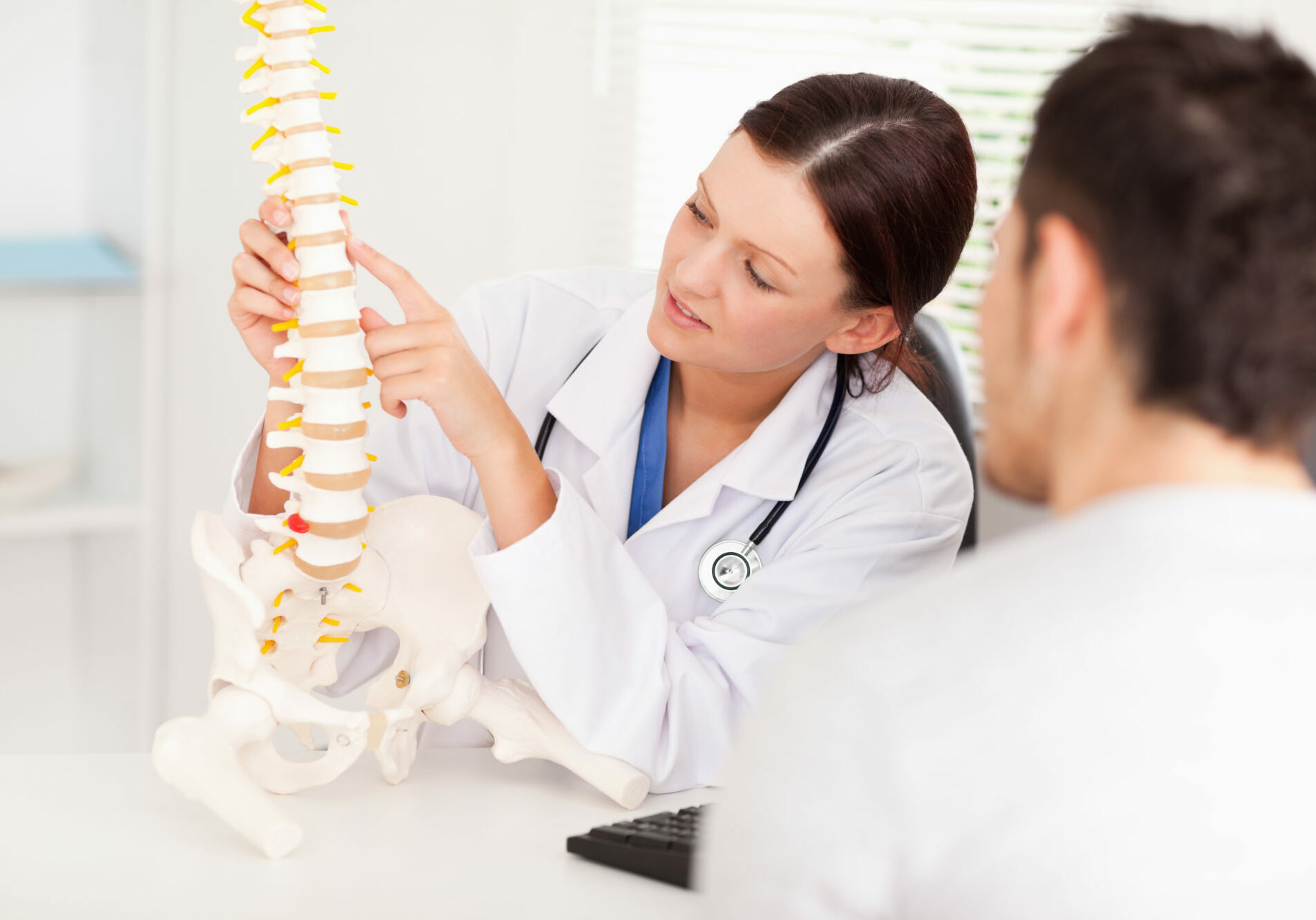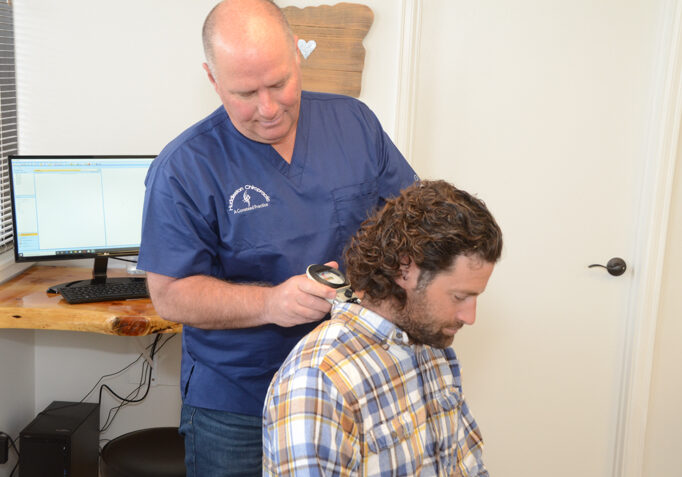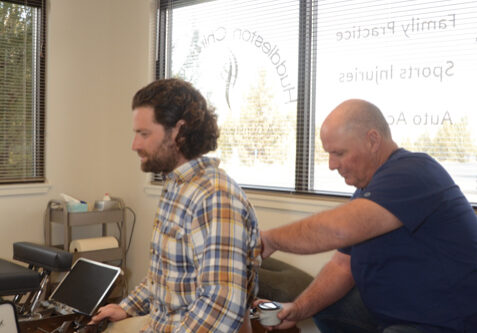The Gonstead Difference

Visualization
Visualization is a way to cross-reference all the other findings. Your chiropractor is an expert in looking for subtle changes in your posture and movement which could indicate any problems.

Instrumentation
The instrument of choice in the Gonstead System is the Nervoscope. The Nervoscope detects uneven distributions of heat along the spine which can be indicative of inflammation and nerve pressure. This instrument is guided down the length of your back and feels like two fingers gliding down each side of your spine.

Static Palpation
This is simply the process of feeling (or palpating) your spine in a stationary (or static) position. Your chiropractor will feel for the presence of swelling (or edema), tenderness and any abnormal texture or tightness in the muscles and other tissues of your back.

Motion Palpation
This process involves feeling the spine while moving and bending it at various angles. This enables the chiropractor to determine how easily or difficult each segment in your spine moves in different directions.

X-Ray Analysis
X-ray films enable your doctor to visualize the entire structure of your spine. This is helpful in evaluating posture, joint, and disc integrity, vertebral misalignments and ruling out any pathologies, or recent fractures that may be present or contributing to the patient’s condition.
“Find the subluxation, accept it where you find it, correct it and leave it alone.”
– C.S. Gonstead
